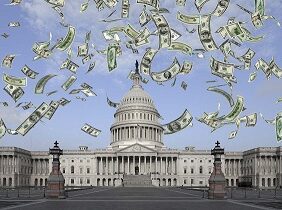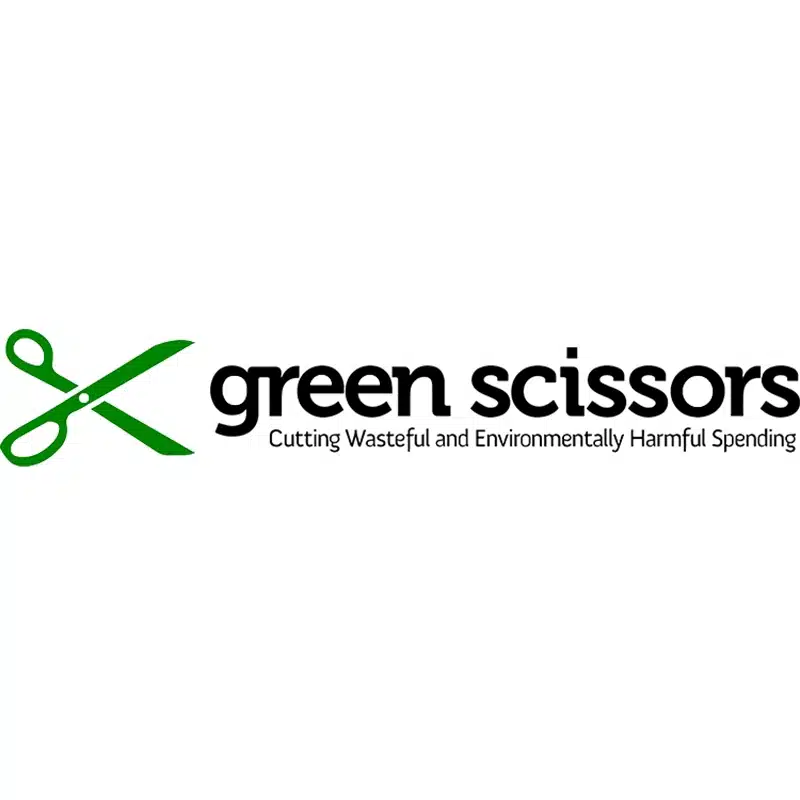Today is the last day to submit comments to the Bureau of Land Management (BLM) regarding the issue of lost gas at the taxpayer’s expense. In February of this year, the BLM proposed a rule that, if finalized, would reinstate outdated guidance that has led to the needless loss of billions of taxpayer dollars from natural gas production over the past 35 years. The country has the largest debt relative to the economy since World War II, revenues are declining, and deficits are growing. This is no time to give away billions of dollars to profitable businesses.
First, some background. The BLM is an agency within the Department of the Interior that administers mineral leasing on 245 million acres of public lands, including onshore federal oil and gas leasing. Under the agency’s oversight, oil and gas operators have been flaring, venting, and leaking billions of cubic feet of taxpayer-owned natural gas, most of which is methane, from federal lands every year.
These operators have only had to pay royalties on a very small portion of this “lost gas.” From 2007 to 2016 operators lost nearly 210 billion cubic feet of gas. That’s enough natural gas to supply the residents of Texas for a year. It’s worth an estimated $1.1 trillion, but operators paid royalties on only 11 percent of it.
The BLM’s latest proposed rule — the second such rule published in two years — aims to address the problem of lost gas that has proliferated under a guidance document from 1979 by turning that document into a formal rule. The guidance document, known as the Notice to Lessees and Operators (NTL-4A), was formulated before the advent of fracking. Ambiguity in the NTL-4A’s definitions led to large variation in interpretation, and the potential loss of more than $100 million in royalty revenue for taxpayers.
BLM’s first attempt at replacing the NTL-4A was a rule finalized in November 2016. While not perfect, the rule represented a step in the right direction by clarifying when gas is lost “avoidably,” and when it’s lost “unavoidably” during energy production on federal lands. How the loss is categorized determines when operators are charged a royalty for losing it.
Under the Trump administration, the BLM has reversed course and intends to scrap the November 2016 rule. The BLM’s reliance on NTL-4A is a huge lost opportunity for taxpayers. The new rule includes the NTL-4A’s inadequate provisions relating to avoidably and unavoidably lost gas during oil and gas production. The inconsistent interpretation and implementation of those definitions between various BLM supervisors is what led to the needless waste of natural gas and rampant underpayment of royalties on lost gas in the first place.
Let me illustrate this point. In 2016, royalties were charged on just 16.3 percent of natural gas lost during oil and gas production on federal lands. That number is down from 2015, when 29.6 percent of lost gas was charged a royalty. In addition, the variability of royalties charged on lost gas between states is striking.
In New Mexico, where the largest share of total lost gas was reported in 2016, royalties were charged on 28.4 percent of gas losses.
In North Dakota, which recorded the second-most wasted gas in 2016, none of the lost gas was deemed “avoidably lost” and thereby incurred a royalty.
The BLM’s 2018 proposed rule perpetuates the serious flaws present in NTL-4A rather than fixing them. If the rule were to proceed as is, it would do nothing to address the problem of wasted natural gas on federal lands. Taxpayers cannot afford more broken policies when it comes to methane waste. BLM should go back to the drawing board and craft a solution that benefits the American taxpayer over oil and gas interests.











Get Social